Sean Scully on self-belief, election billboards and the perils of rural Germany
Ahead of a major retrospective at the Hungarian National Gallery, Irish abstract artist Sean Scully reflects on six decades of redefining abstraction and doing ‘the biggest stretch in the history of the art world’
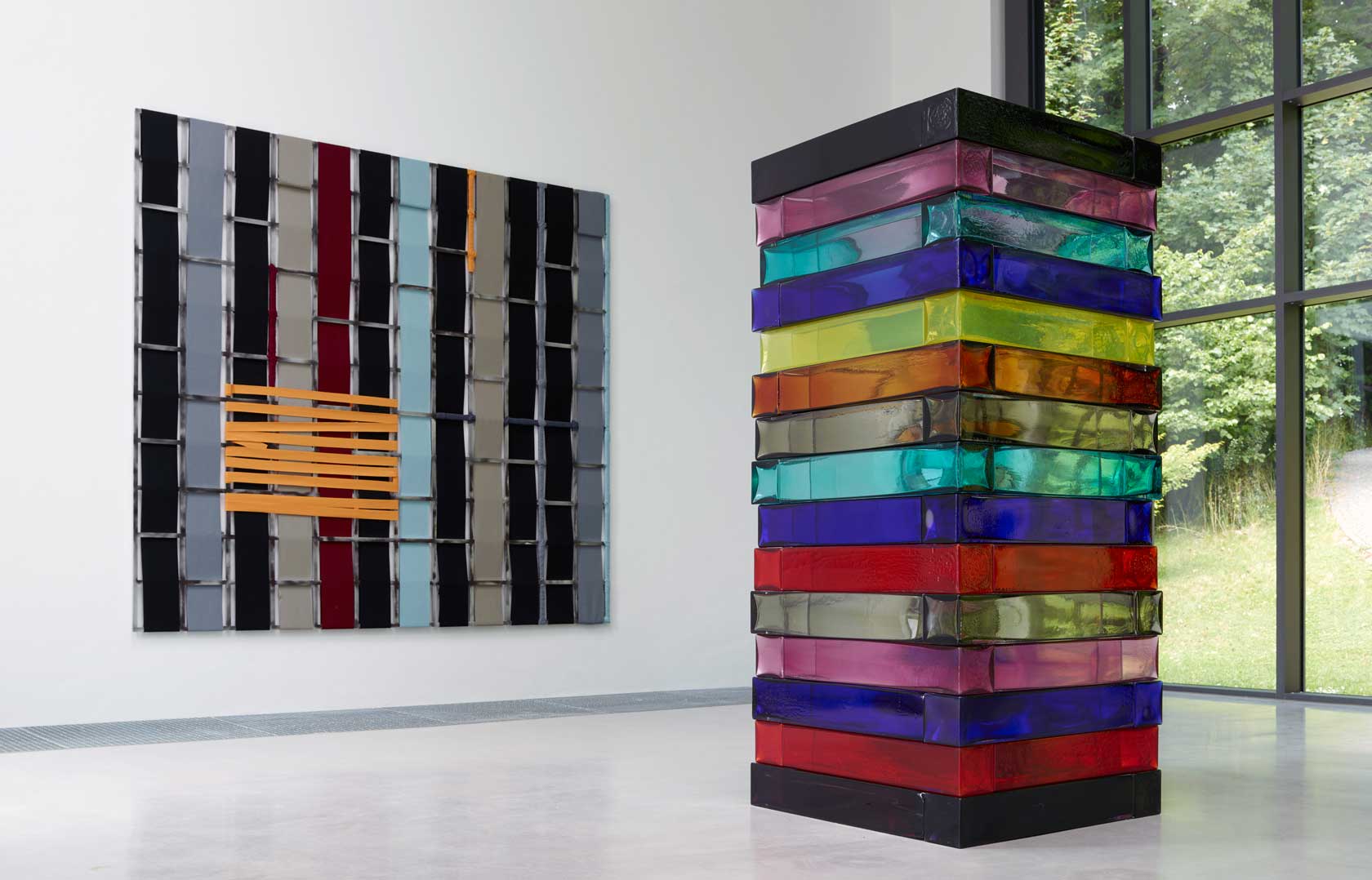
It’s early September and a plague of flies has just descended on a farm in Mooseurach, Germany where Sean Scully has a studio. ‘A fucking fly bit the middle of my tattoo out’, says the artist over FaceTime, pointing at his forearm towards the now-dismembered Celtic symbol for fertility.
An interview with Sean Scully is like a portrait sitting with a sitter that needs little direction. He describes his life and work in a quilt of similes and anecdotes stitched together with warmth and wit: his coarse upbringing, familial fondness, traumas, brushes with US politics, fervent spirituality, those he admires – from Agnes Martin to Tess Jaray and Béla Bartók – and vibrantly hued recollections of his rise to become ‘the token of abstraction.’
Scully, as he says, came from abject poverty. ‘I probably did the biggest stretch in the history of the art world’ declares the 75-year-old artist. He’s been an immigrant twice: once when he moved from Ireland in 1949 to London, and again when he transfered to New York in 1975. Before breaking into art, he was a brick cleaner on a building site, a Christmas postman, a plasterer’s labourer and had a job stacking cardboard boxes in a factory. Fitting, perhaps, that stacks and bricklike forms would provide the building blocks for Scully’s inimitable visual language.
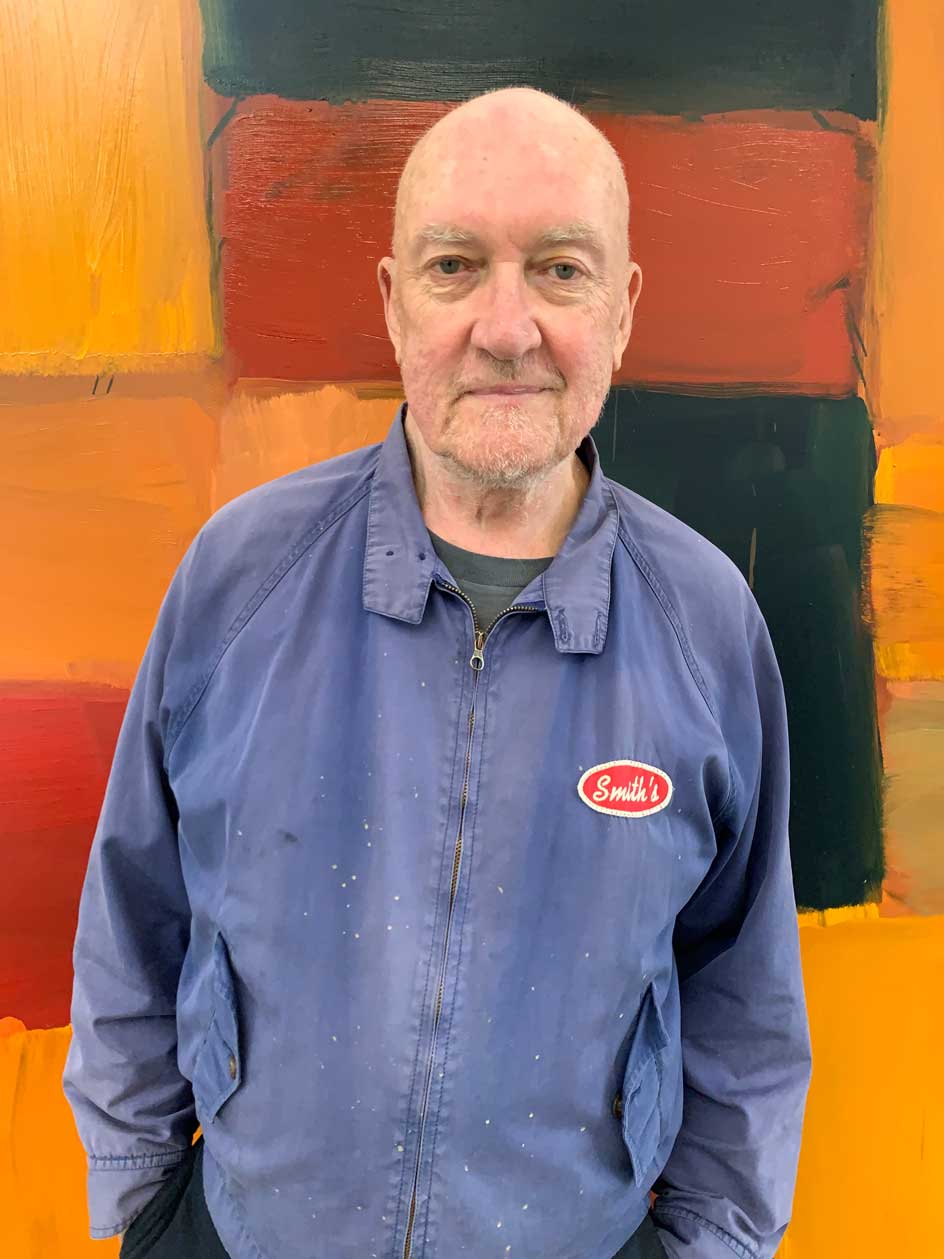
Portrait of Sean Scully taken in Mooseurach, October 2020. Photography: Liliane Tomasko
In the 1970s, Scully’s paintings sought to fuse American Minimalism and Op Art, which culminated in ‘supergrids’, stripes and blocks of colour. By 1980, the artist was ‘at war’ with Minimalism and instead focussed on what he thought painting should be doing: concentrating on human nature.
When he moved to New York, he knew not everyone would be waiting with open arms. ‘I was welcomed by many; I was also un-welcomed by many,’ he says. ‘I had a lot of detractors in New York.’ Among his ‘defenders’, however, was the art critic Arthur Danto, who insisted that Scully belonged ‘on the shortest of the shortlists of major painters of our time.’ ‘If I got a bad review, he [Danto] would immediately write an incredible review in the New Statesman,’ he says. ‘His two favourite artists were me and Andy Warhol. I always found it bizarre because you couldn’t have two more uncomfortable bedfellows.’
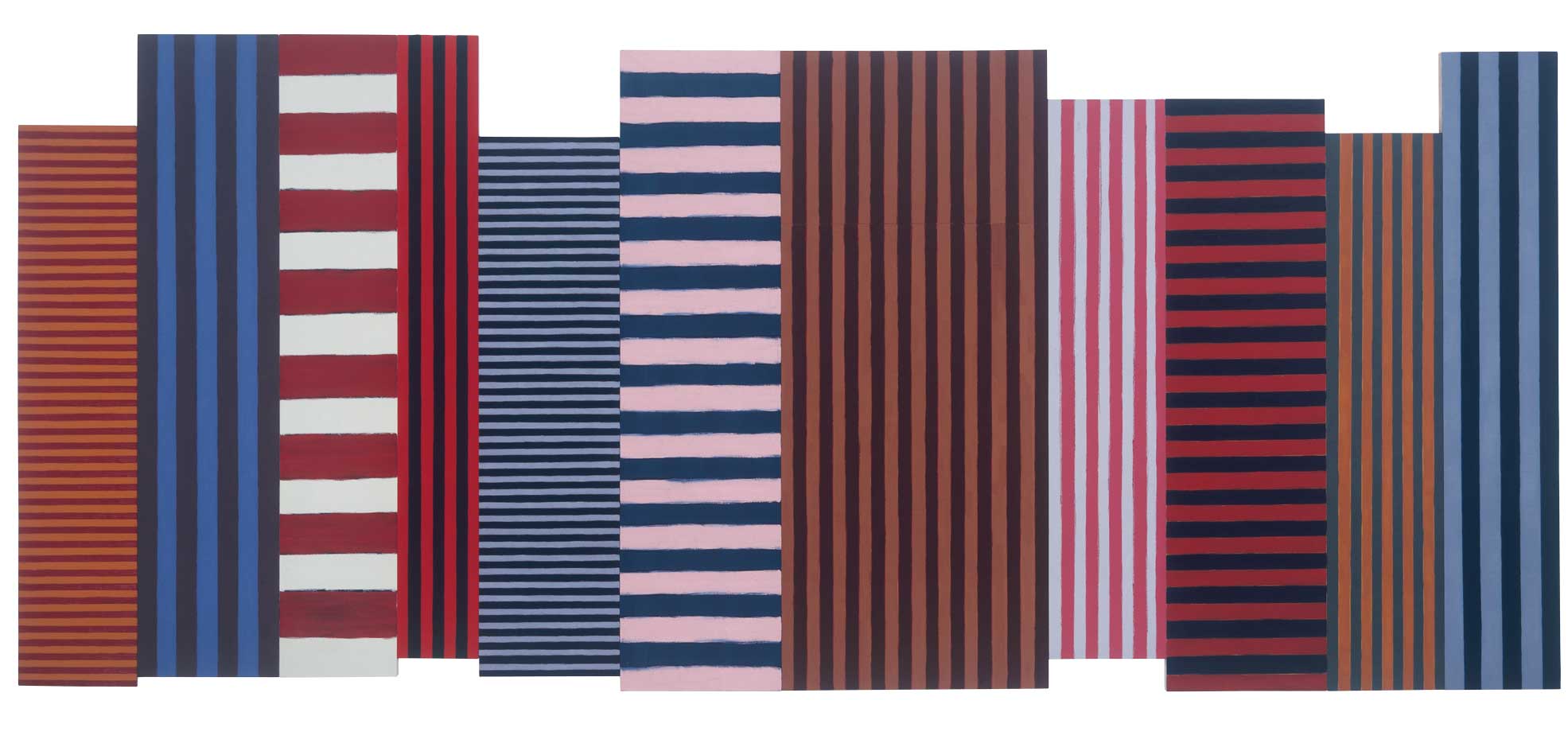
Sean Scully, Backs and Fronts, 1981.
Scully made a swift ascent to acclaim in the 1980s, resuscitating abstraction from self-destruction with bold paintings and a character to match. He began toying with different formats, including the introduction of panels directly inserted into canvases. In came Backs and Fronts (1981), an enormous multi-panelled composite of irregular heights, with gestural stripes careering in different directions like a jarring, psychedelic vision of a city skyline. The painting humanised geometry with hand-rendered stripes and ‘broke a lot of the rules my colleagues were still obeying’. The painting marked a watershed, both for Scully and the public’s perception of his work, paving the way for his formal yet liberated language of unbridled emotion and spirituality.
Earlier this year, Scully’s insets turned uncharacteristically black. In his Dark Windows series, ominous panels rupture otherwise beguiling stripe paintings, described by the artist as ‘nihilistic and negative’. Scully painted these in direct response to Covid-19, a commentary on self-destruction, the ‘abuse of nature’ and mass uncertainty.
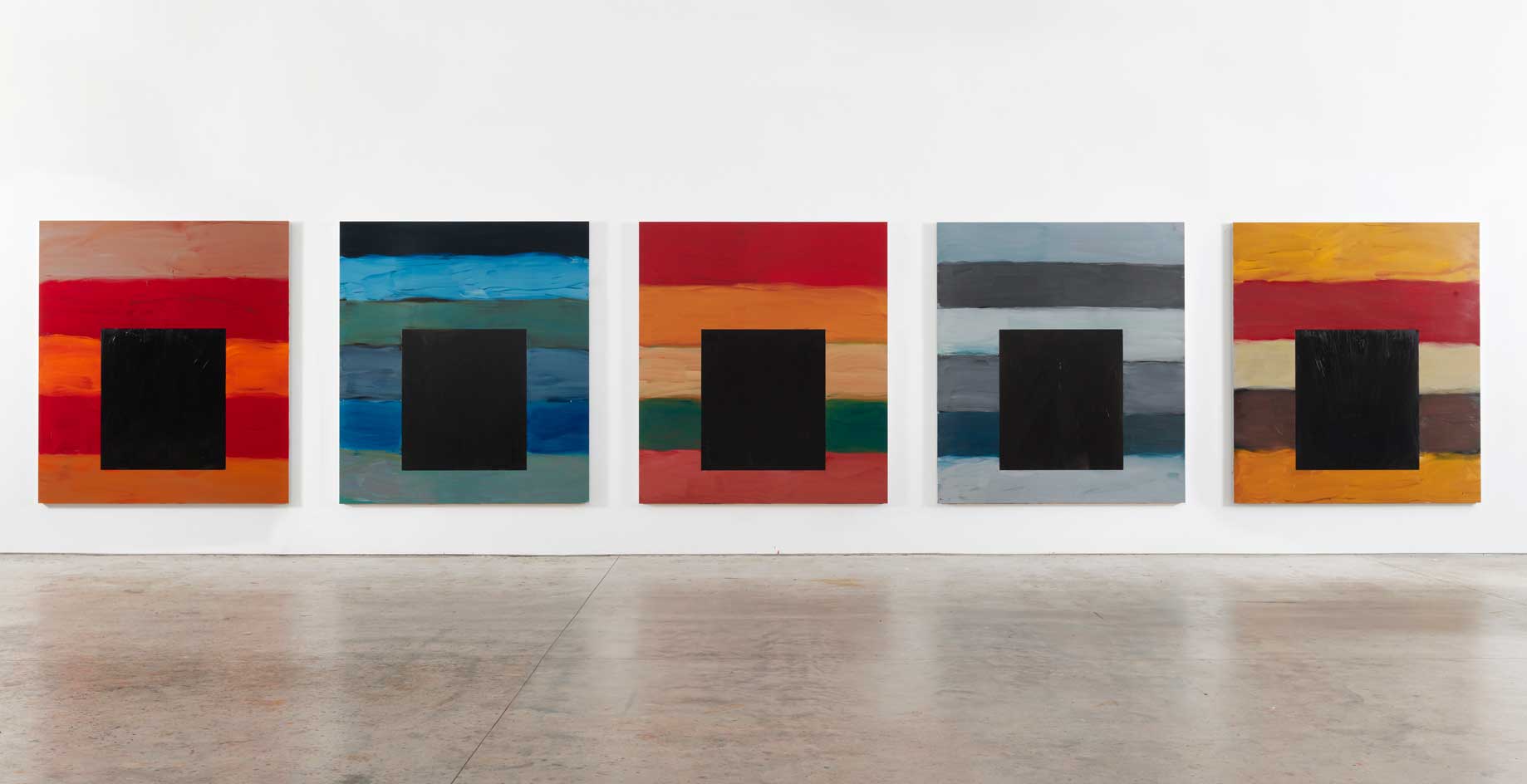
Sean Scully, Dark Windows, 2020.
Scully’s approach to art is bolstered by an infectious, and seemingly infallible self-belief. And he doesn’t do creative block, apart from one ‘dreadful’ year after he graduated from university. ‘I made 25 paintings and destroyed them all, and the world is probably a better place for that,’ he says. That episode aside, Scully doesn’t have time for self-deprecation or ‘bellyaching’, a resilience he attributes to his grandmother, an Irish immigrant who, according to Scully, worked 18 hours a day, raised seven children and ‘never once complained.’
Scully’s paintings are rendered with force, exude force and leave the rest to be reckoned with. In footage of the artist at work, he appears to be in some form of rhythmic and spiritual combat with his paintings. ‘In my work, structure and emotion rage simultaneously, and that’s a very incongruous mixture,’ he says. ‘I am madly physical’, he says. ‘People say I’m exhausting.’
In my work, structure and emotion rage simultaneously, and that’s a very incongruous mixture
The artist makes a swift, impassioned pivot to politics, a subject he’s been long engaged in. In his teens, Scully made posters for the CND [Campaign for Nuclear Disarmament]. He has also frequently taken aim at America’s gun culture and, in 2008, he designed billboards for the Obama campaign (one of his paintings boasts wall space in the Obamas’ house). More recently, he’s jumped on the Biden bandwagon, again, in the form of billboards. ‘For Hillary [Clinton], I thought she was going to win so easily I didn’t bother, but she lost. If Joe wins, this will prove that if when I put a billboard up, the person wins. It’s called narcissistic science,’ Scully quips.
Alongside his greatest hits in paint, Scully has demonstrated his aptitude in other media, translating his signature blocks, stripes and volumes into stone, steel, wood and glass. This is embodied in his current exhibition at Waldfrieden Sculpture Park in Wuppertal, Germany, an outdoor exhibition space founded by British artist and ‘old pal’ of Scully’s, Tony Cragg.

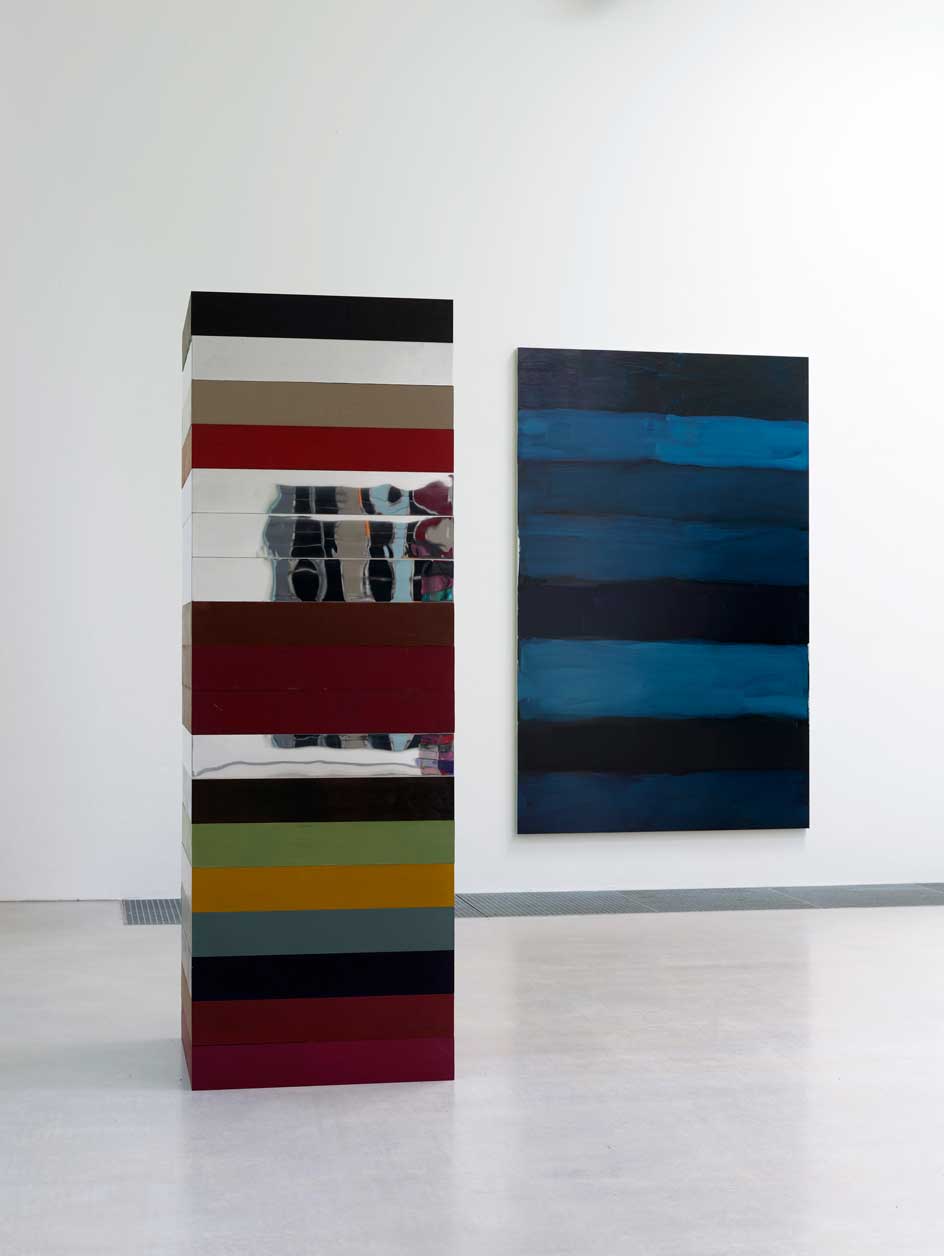
Above and below: Installation views of Sean Scully, ‘Insideoutside’ at Waldfrieden Sculpture Park.
Scully’s show, ‘Insideoutside’ includes sculptures in steel, acrylic and copper, and an architectural tower of glass called Stack in conversation with his paintings. ‘The interesting thing about glass is it’s a wall you can see through. In a sense, it’s an object that’s not an object. It operates like a ghost or an angel between realms,’ he reflects. Consisting of eleven slabs of Murano glass, Stack looks as if Scully’s more vibrant painted units have dropped off the canvas, lost all opacity and re-stacked themselves in perfect order.
The artist shows no sign of sitting still. Alongside his Waldfrieden exhibition, he’s just signed with Galerie Thaddaeus Ropac, and will have a show of new work in their space in Marais, Paris in Spring 2021. He’s also just unveiled a major retrospective at the Hungarian National Gallery in Budapest, his first in Central Europe. ‘I’ve married into that country [Scully's wife, artist Liliane Tomasko is of Hungarian descent], so it has a special significance for them and me,’ he says. Titled ‘Passenger’, the show charts Scully’s career from his early experiments in the 1960s, through his musings with Minimalism to his recent, unexpected shift to figuration, and a great deal in between.
If a Rothko pierces the soul, a Scully will cradle it. His work fuses the cold, hard-edged rigidity of Minimalism with the warm fallibility of humanity, and has, in turn, reformed the very spirit of abstraction. But to what does he attribute his success? ‘I’m kind of clever, and I’m also free. If you put those two things together, you get something.’
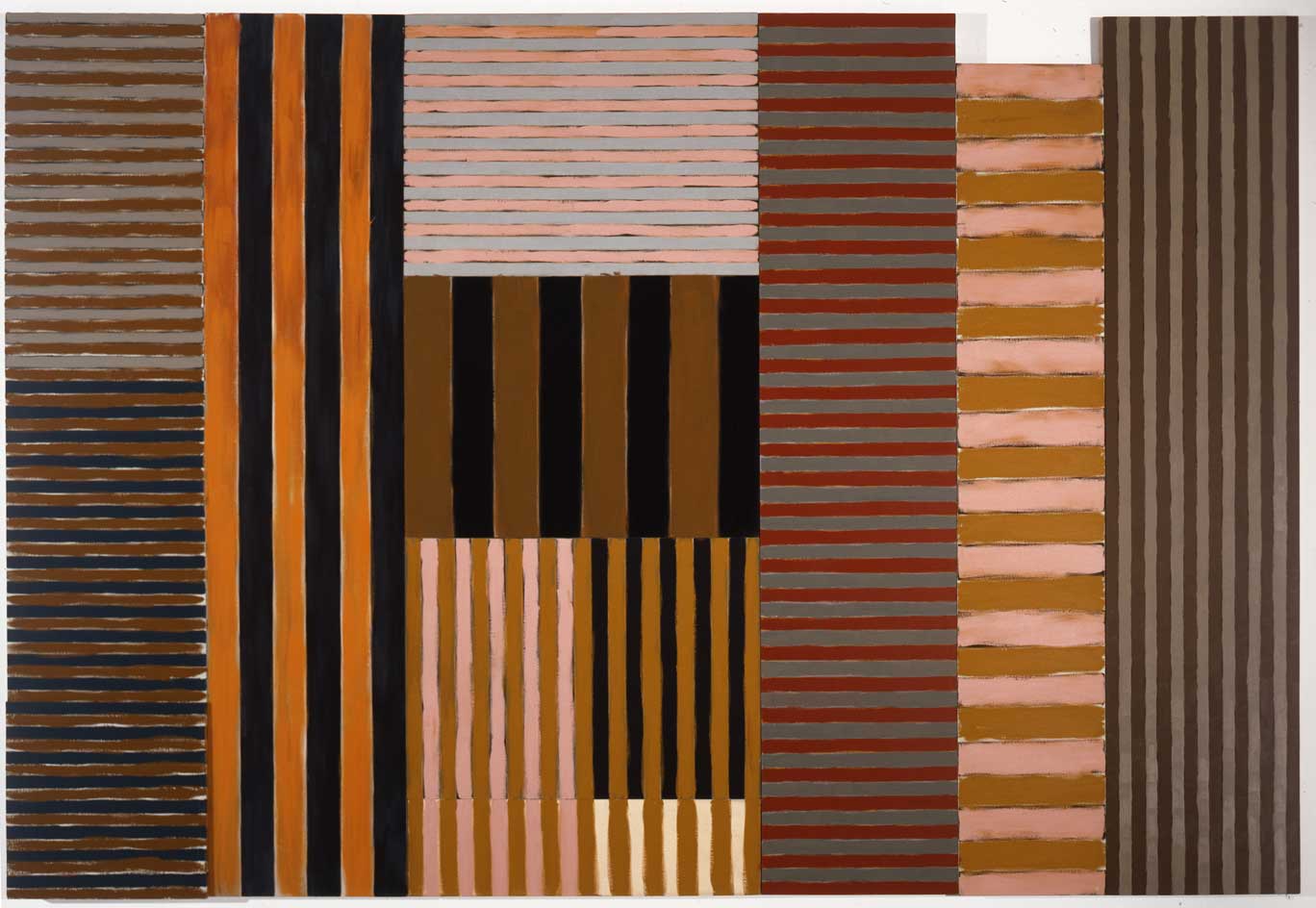
Sean Scully, Adoration, 1982.
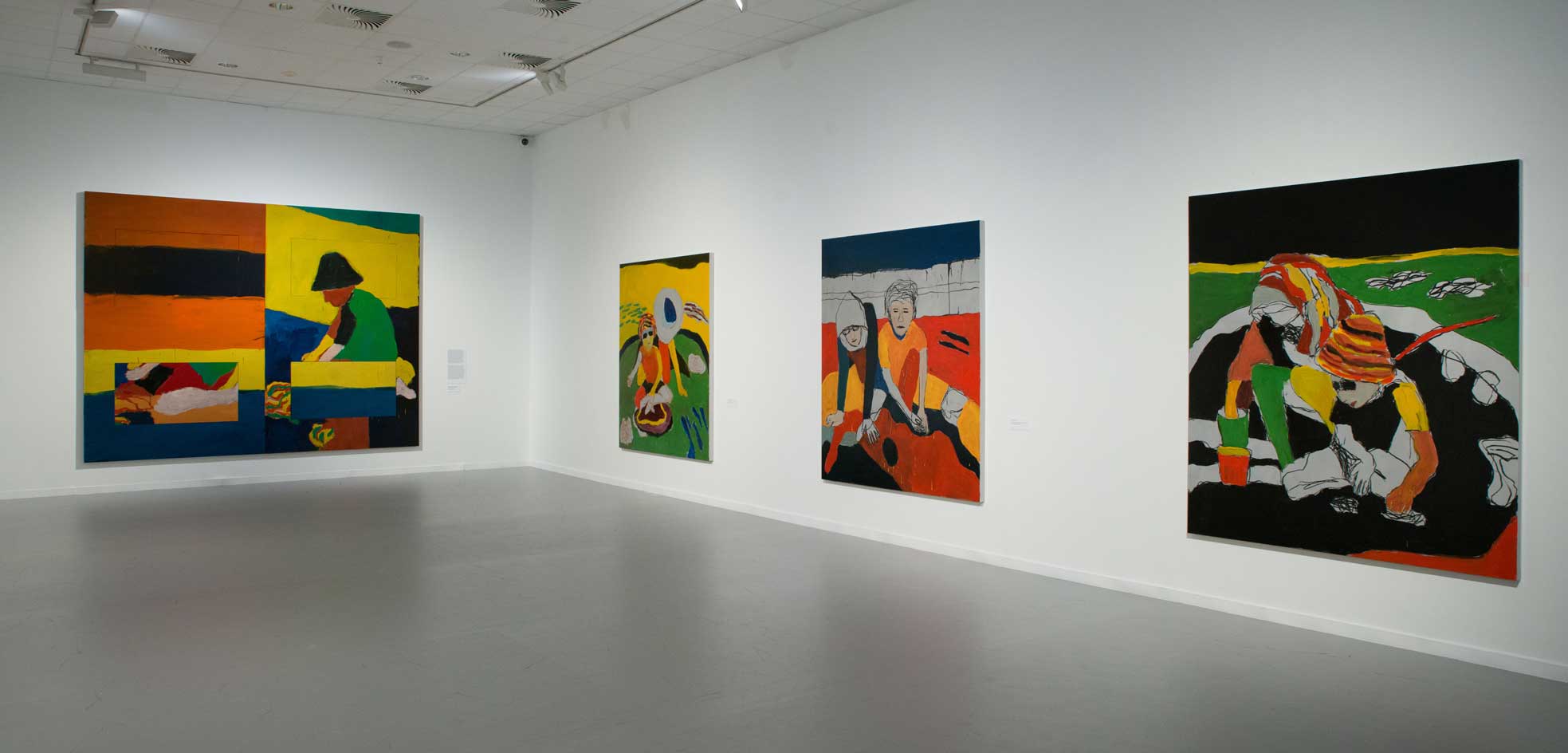
Sean Scully, ’Passenger – A Retrospective’, 2020, Installation view.
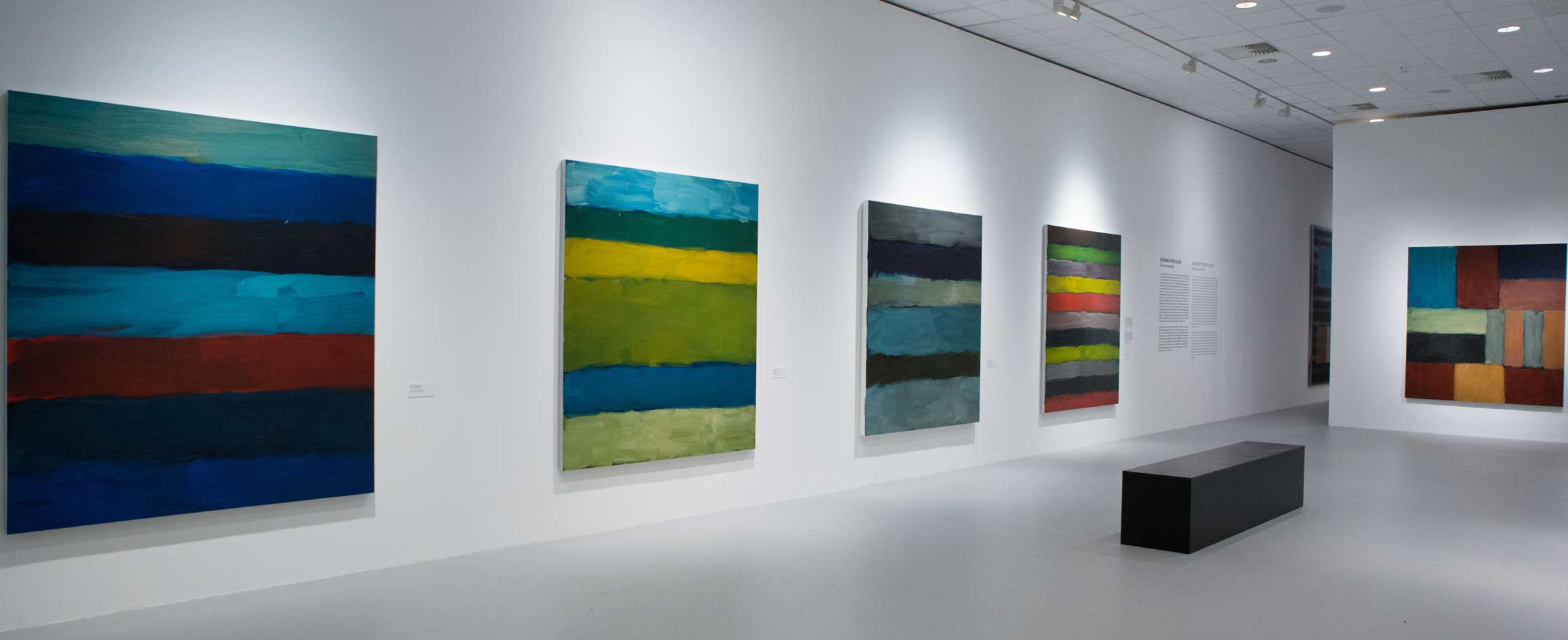
Sean Scully, ’Passenger – A retrospective’, 2020, Installation view.
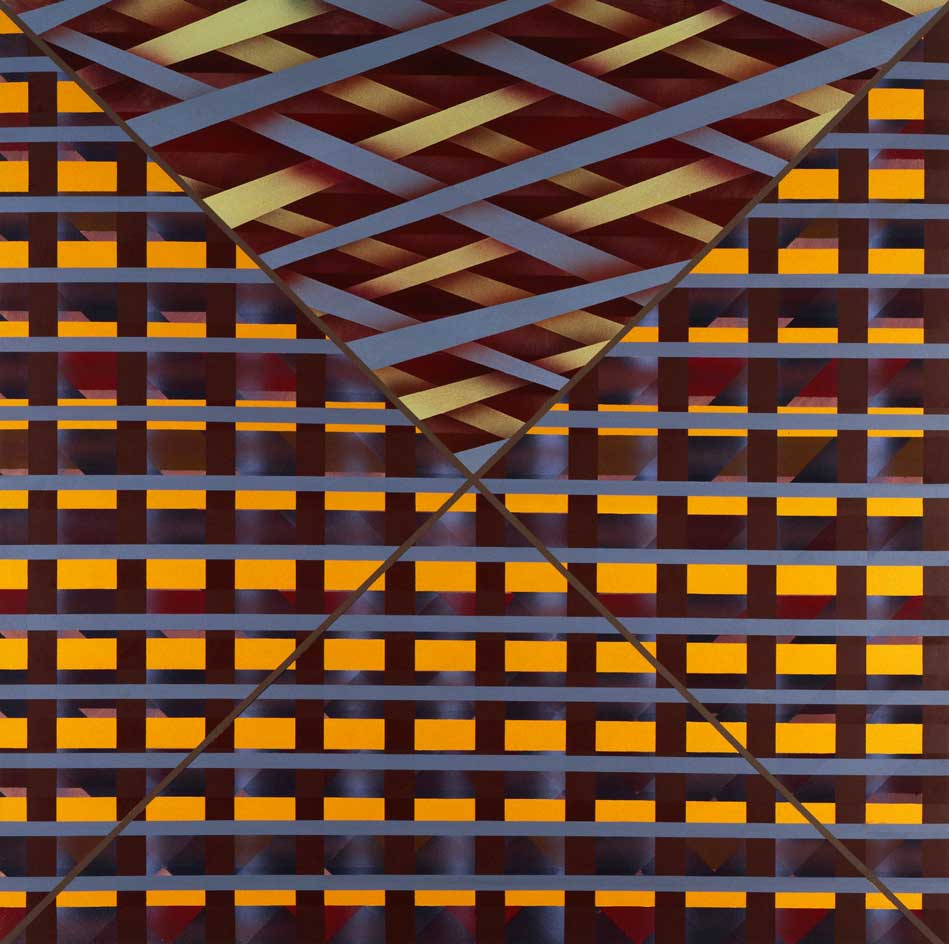
Sean Scully, Diagonal Inset, 1973.
INFORMATION
Wallpaper* Newsletter
Receive our daily digest of inspiration, escapism and design stories from around the world direct to your inbox.
'Insideoutside', until 3 January 2021, Skulpturenpark Waldfrieden. skulpturenpark-waldfrieden.de
'Sean Scully: Passenger – A Retrospective', until 31 January 2021, The Museum of Fine Arts – Hungarian National Gallery. en.mng.hu
Harriet Lloyd-Smith was the Arts Editor of Wallpaper*, responsible for the art pages across digital and print, including profiles, exhibition reviews, and contemporary art collaborations. She started at Wallpaper* in 2017 and has written for leading contemporary art publications, auction houses and arts charities, and lectured on review writing and art journalism. When she’s not writing about art, she’s making her own.
-
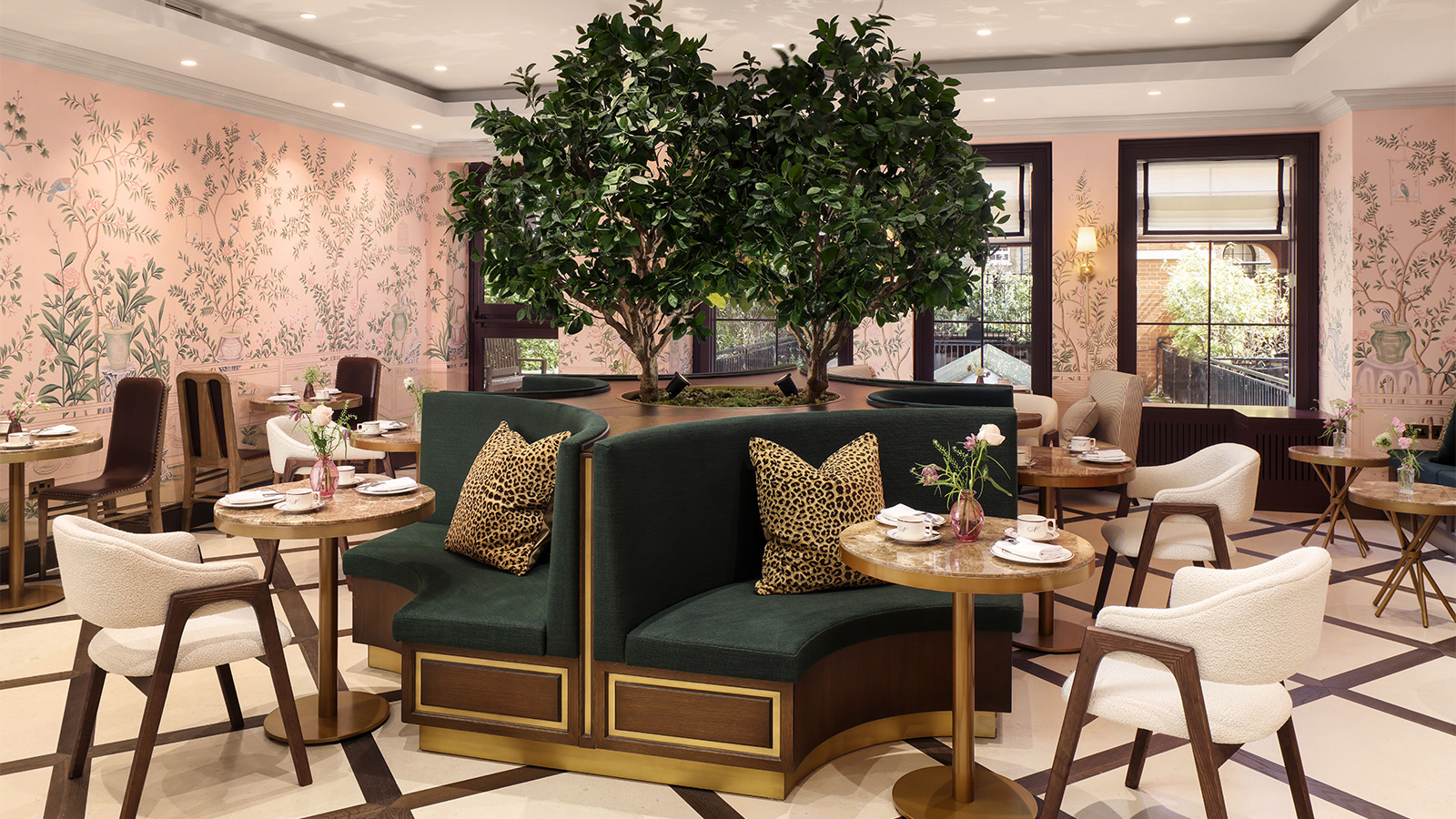 Premium patisserie Naya is Mayfair’s latest sweet spot
Premium patisserie Naya is Mayfair’s latest sweet spotHeritage meets opulence at Naya bakery in Mayfair, London. With interiors by India Hicks and Anna Goulandris, the patisserie looks good enough to eat
-
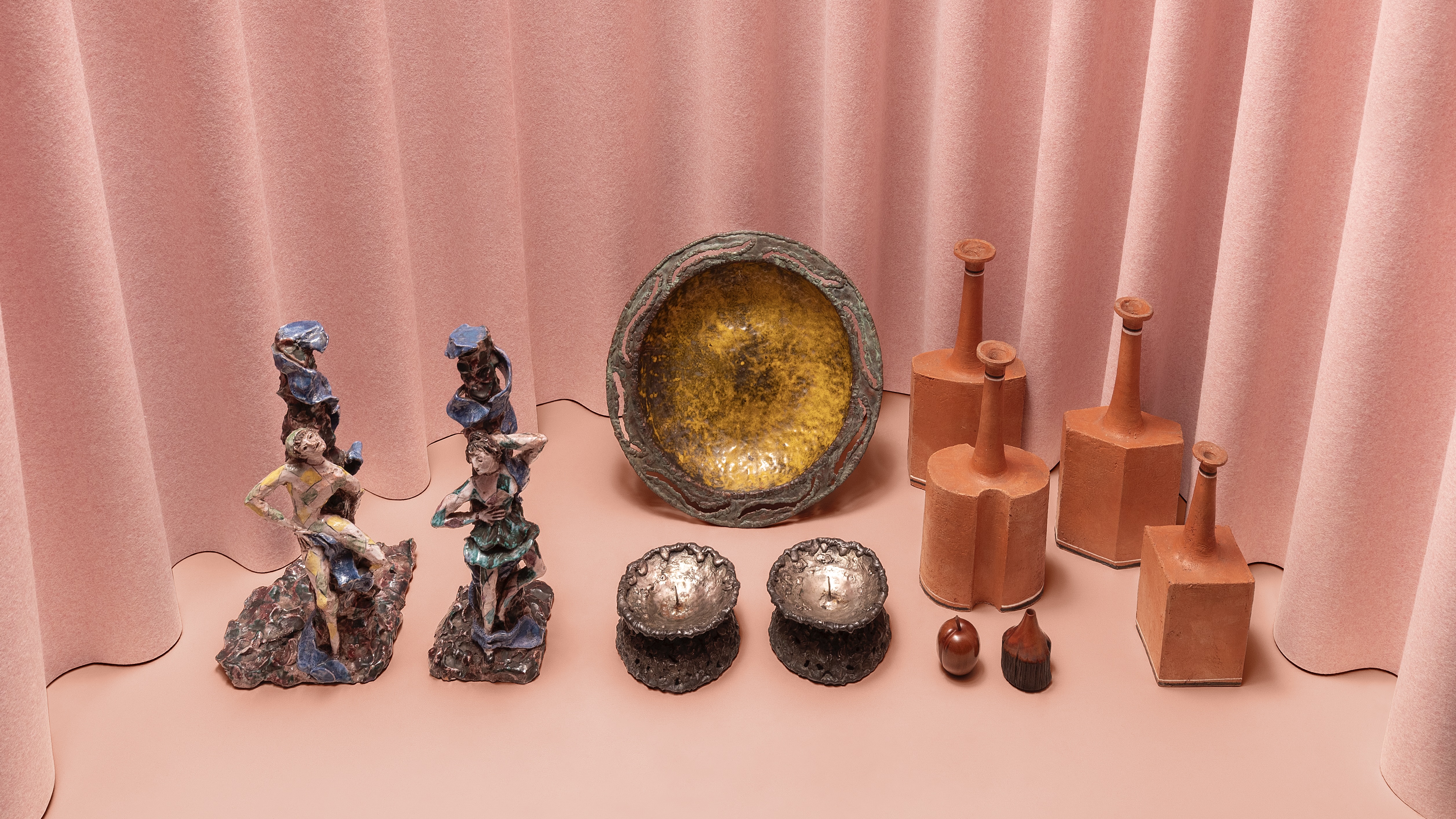 Discover midcentury treasures in Marylebone with Álvaro by Appointment
Discover midcentury treasures in Marylebone with Álvaro by AppointmentLondon is full of sequestered design havens, and Wallpaper* knows them all. Allow us to point you in the direction of Álvaro González’s shop window on Nottingham Place, home to a bonanza of beautiful 20th-century antiques
-
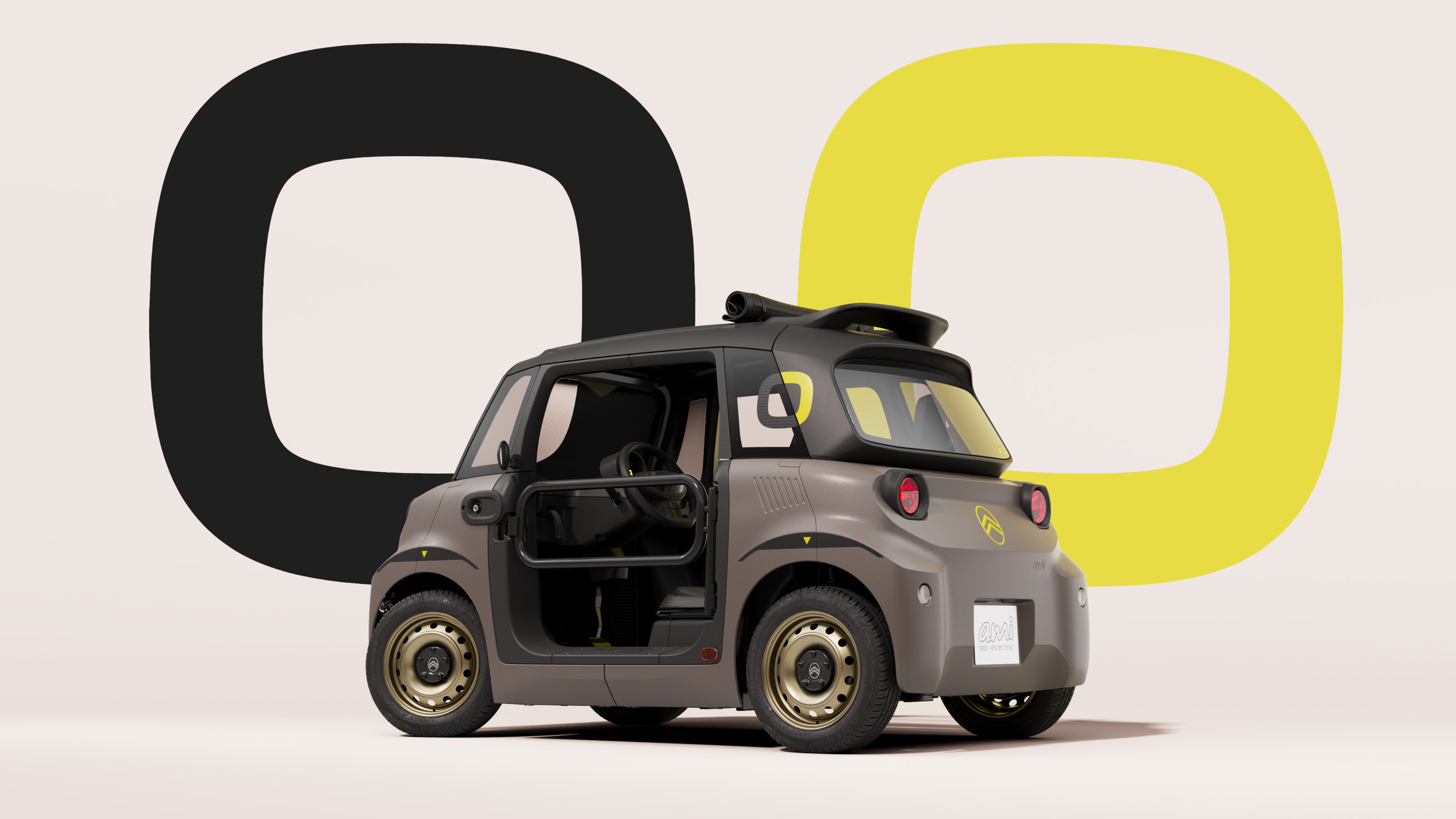 Beach chic: the all-new Citroën Ami gets an acid-tinged, open-air Buggy variant
Beach chic: the all-new Citroën Ami gets an acid-tinged, open-air Buggy variantCitroën have brought a dose of polychromatic playfulness to their new generation Ami microcar, the cult all-ages electric quadricycle that channels the spirit of the 2CV for the modern age
-
 ‘Humour is foundational’: artist Ella Kruglyanskaya on painting as a ‘highly questionable’ pursuit
‘Humour is foundational’: artist Ella Kruglyanskaya on painting as a ‘highly questionable’ pursuitElla Kruglyanskaya’s exhibition, ‘Shadows’ at Thomas Dane Gallery, is the first in a series of three this year, with openings in Basel and New York to follow
-
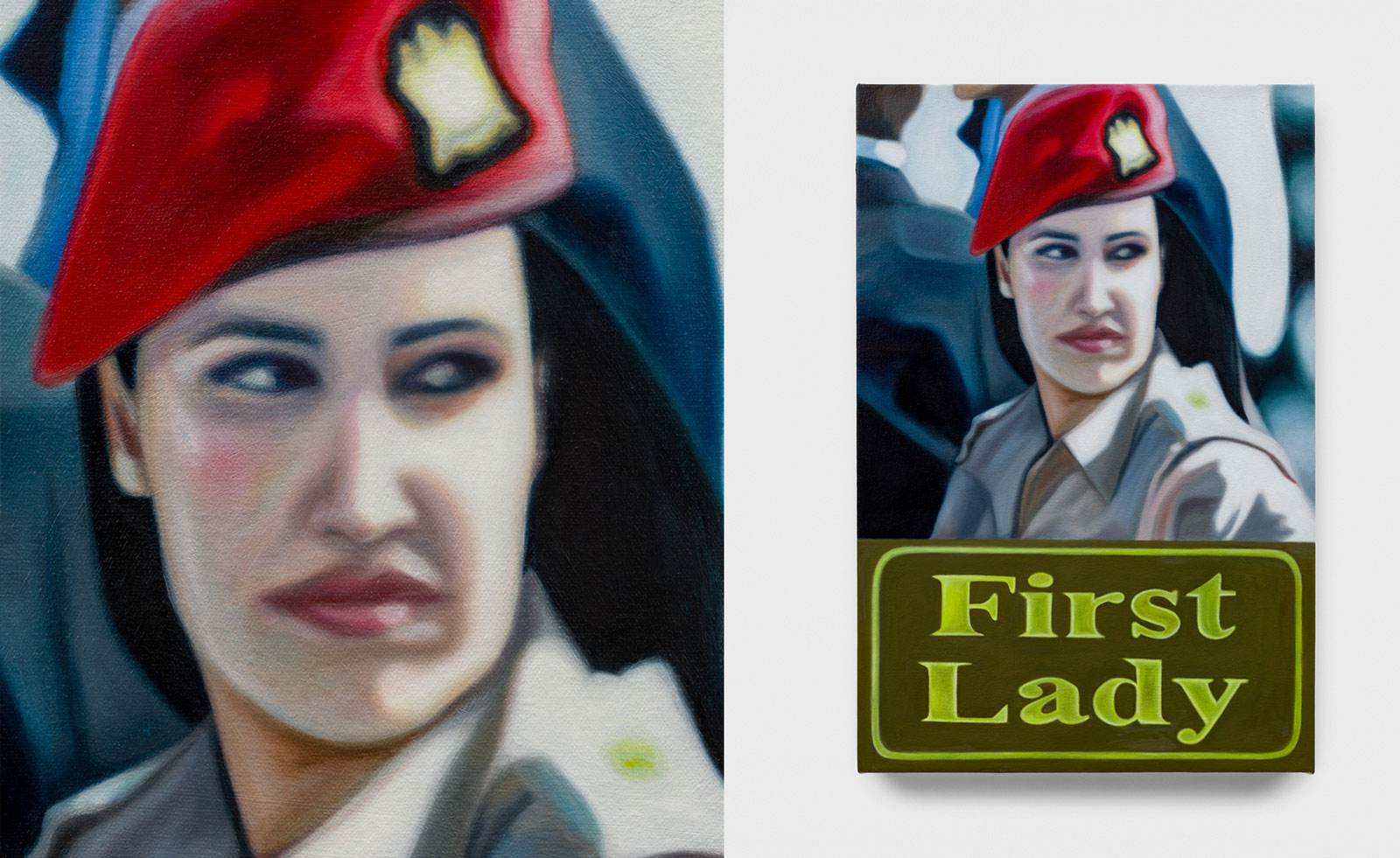 Tasneem Sarkez's heady mix of kitsch, Arabic and Americana hits London
Tasneem Sarkez's heady mix of kitsch, Arabic and Americana hits LondonArtist Tasneem Sarkez draws on an eclectic range of references for her debut solo show, 'White-Knuckle' at Rose Easton
-
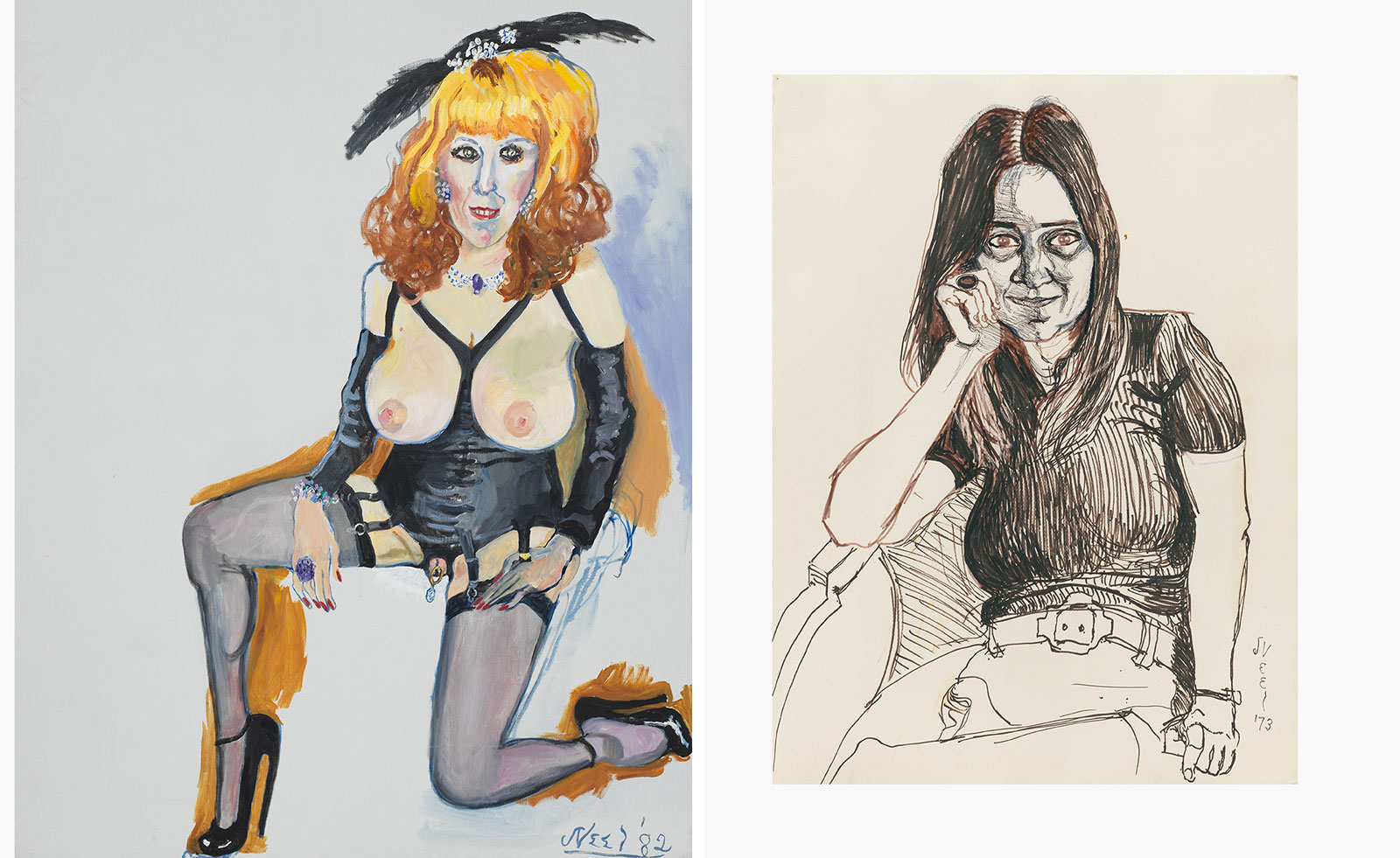 Alice Neel’s portraits celebrating the queer world are exhibited in London
Alice Neel’s portraits celebrating the queer world are exhibited in London‘At Home: Alice Neel in the Queer World’, curated by Hilton Als, opens at Victoria Miro, London
-
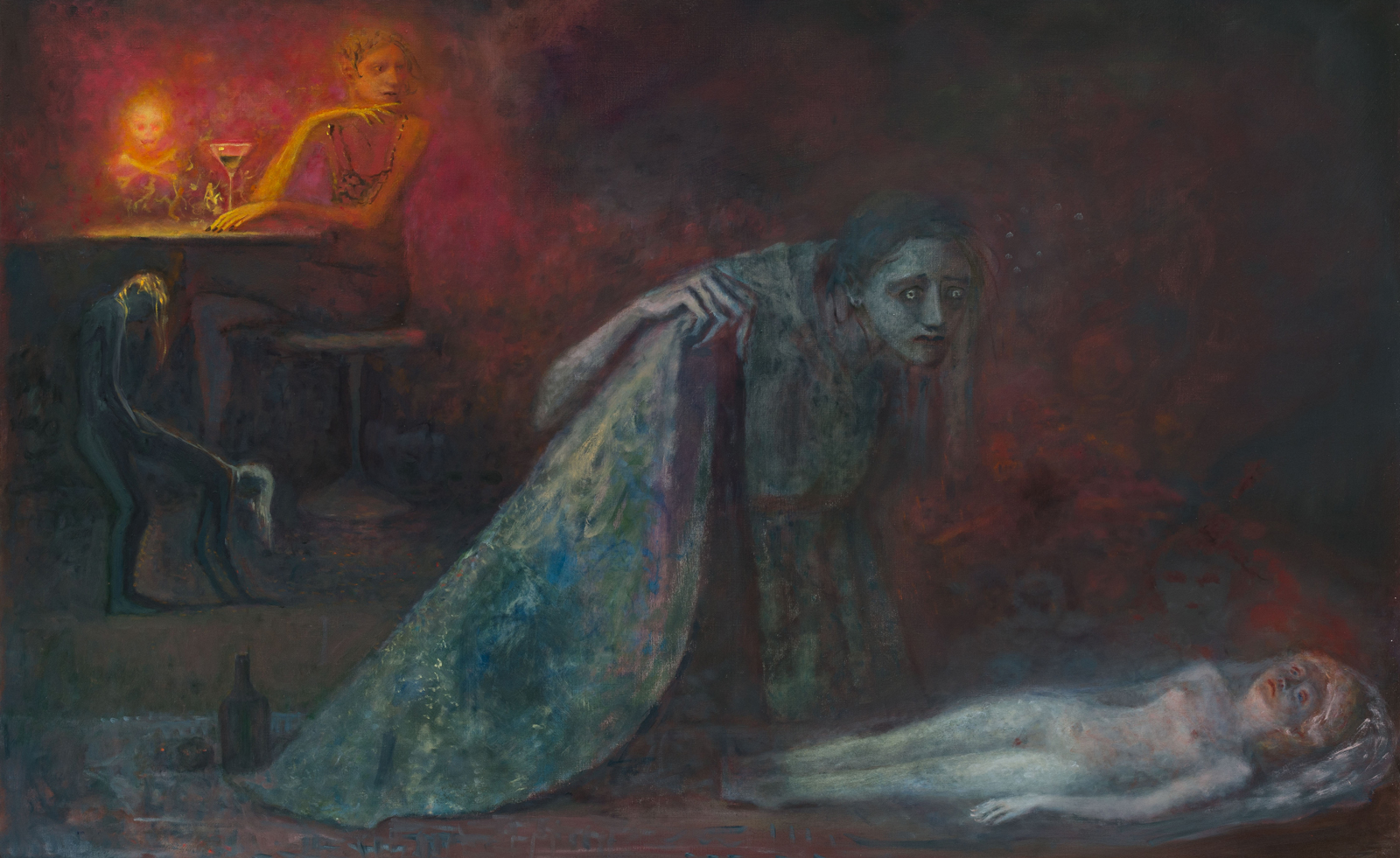 ‘You have to face death to feel alive’: Dark fairytales come to life in London exhibition
‘You have to face death to feel alive’: Dark fairytales come to life in London exhibitionDaniel Malarkey, the curator of ‘Last Night I Dreamt of Manderley’ at London’s Alison Jacques gallery, celebrates the fantastical
-
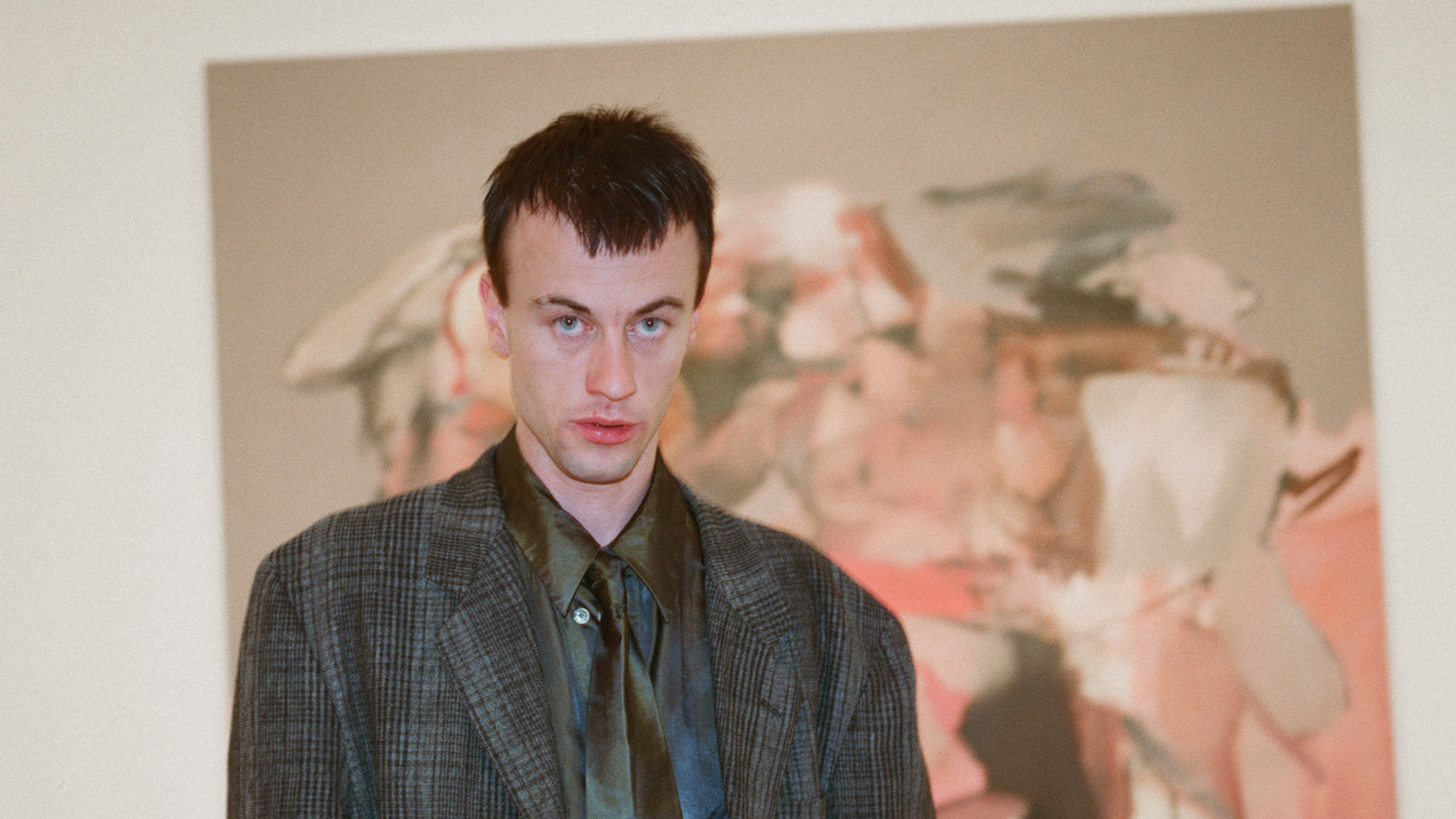 Inside the distorted world of artist George Rouy
Inside the distorted world of artist George RouyFrequently drawing comparisons with Francis Bacon, painter George Rouy is gaining peer points for his use of classic techniques to distort the human form
-
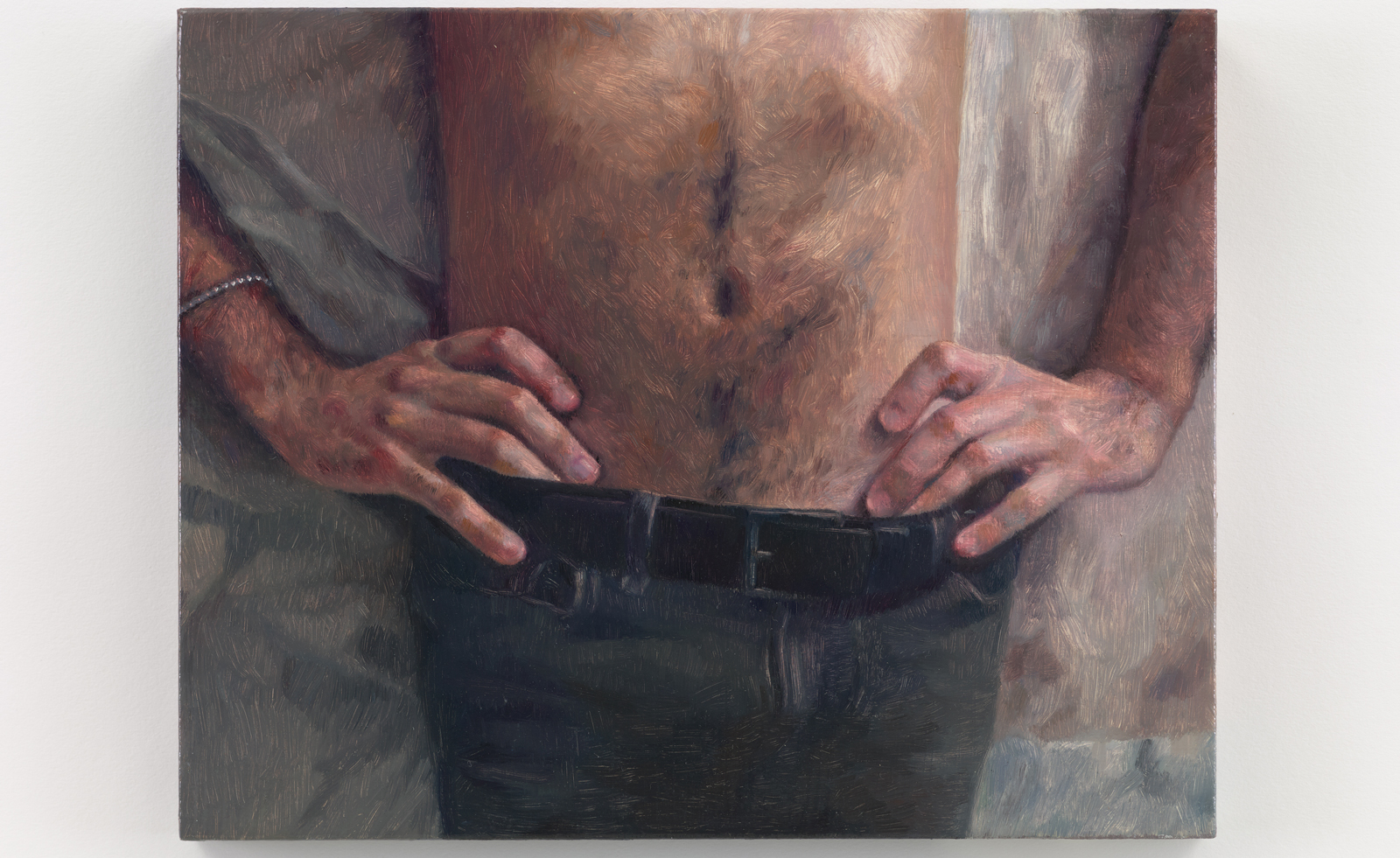 Love, melancholy and domesticity: Anna Calleja is a painter to watch
Love, melancholy and domesticity: Anna Calleja is a painter to watchAnna Calleja explores everyday themes in her exhibition, ‘One Fine Day in the Middle of the Night’, at Sim Smith, London
-
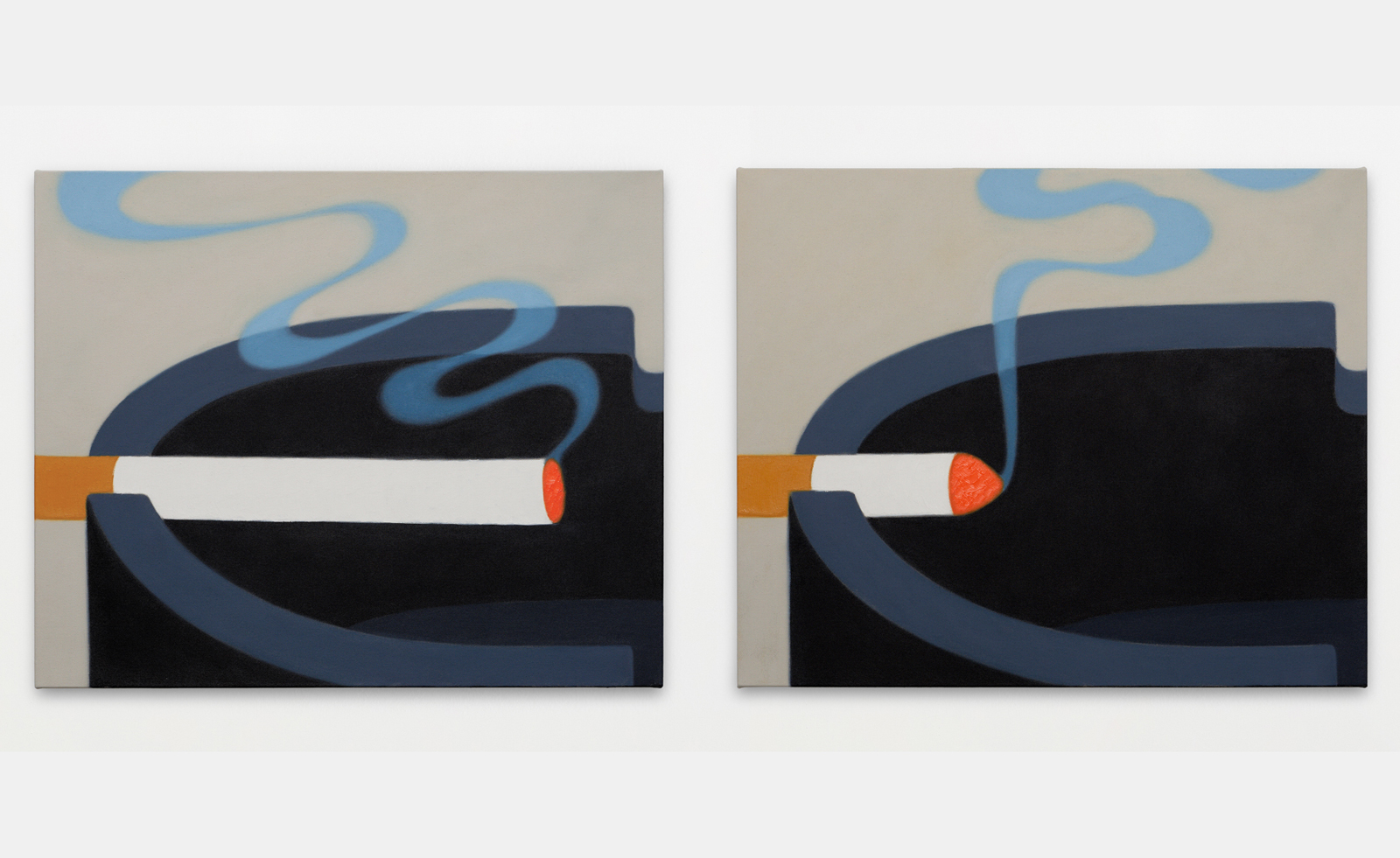 Henni Alftan’s paintings frame everyday moments in cinematic renditions
Henni Alftan’s paintings frame everyday moments in cinematic renditionsConcurrent exhibitions in New York and Shanghai celebrate the mesmerising mystery in Henni Alftan’s paintings
-
 Inside Jack Whitten’s contribution to American contemporary art
Inside Jack Whitten’s contribution to American contemporary artAs Jack Whitten exhibition ‘Speedchaser’ opens at Hauser & Wirth, London, and before a major retrospective at MoMA opens next year, we explore the American artist's impact